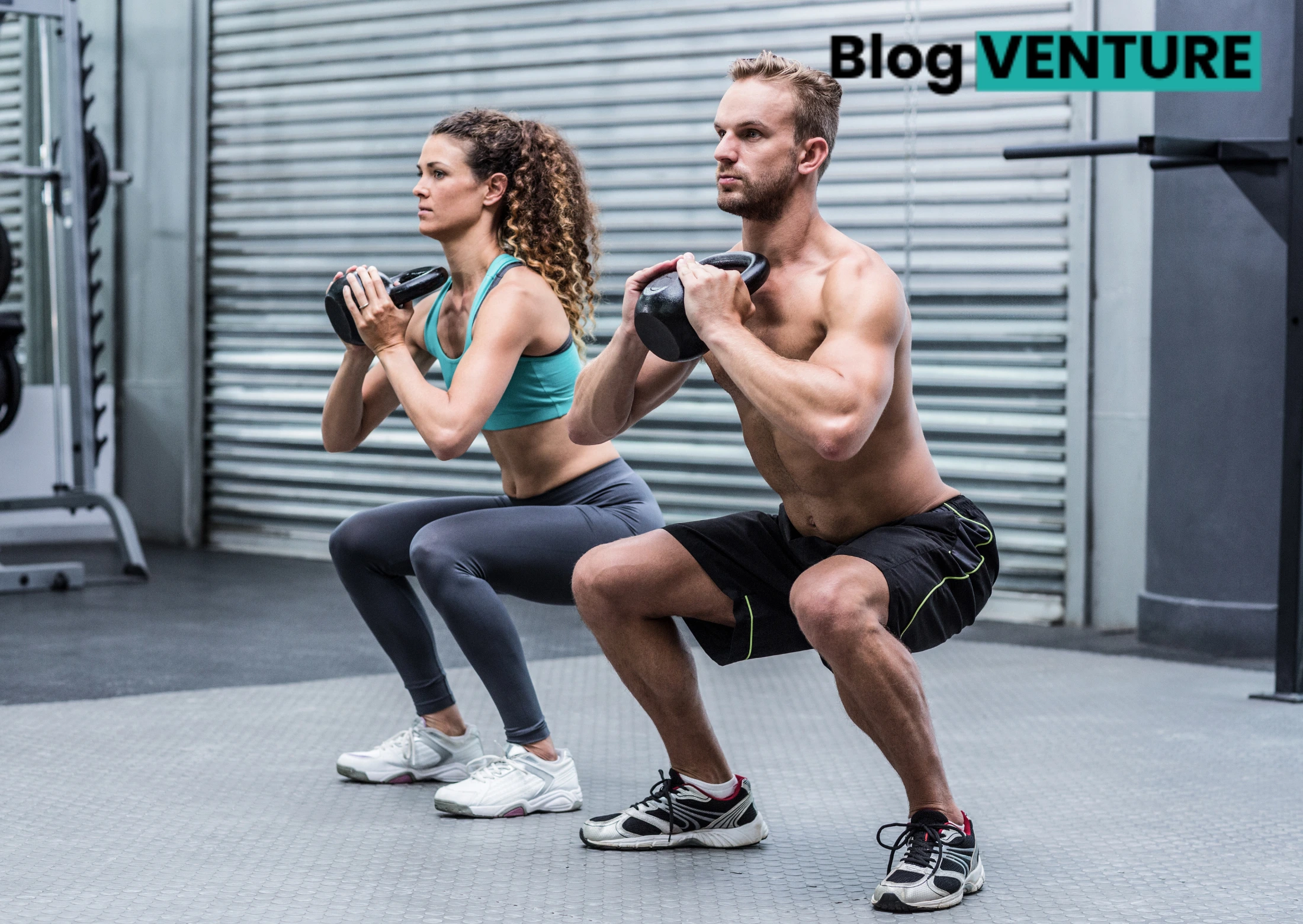Regardless of age, it is important to keep on your feet. Stay active and recover quickly controlling the movement from 9:00 am -8:00 pm! Regular physical activity comes with a host of benefits, such as improved heart health, greater muscular strength and better mental health. So whether you are a young or old athlete looking for the right ways to exercise, and stay healthy through ages we bring together an comprensive guide giving effective exrcises tips whilst growing (and aging), staying mentally strong all these years across.
Exercising for Children and Teens
1. Emphasize Fun and Variety
Exercise should be fun and varied for kids and adolescents. Team sports, swimming and dance are all great options for keeping kids active while also fostering important gross motor skills. This will prevent boredom and result in love of lifelong exercise.
2. Focus on Skill Development
This is the time to really work on these basic movement skills. Running, jumping, crawling climbing and balancing are elementary skills that can be improved while playing through games or sports etc. These are important building blocks for more complex physical activities later in life.
3. Encourage Routine Physical Activity
Children and adolescents should get at least 60 minutes per day of moderate to vigorous physical activity. Things like bicycling, fast walking or participating in sports are examples of this approach. Exercise not only promotes a person’s physical health, but also improves his or her performance in school as well mental and emotional states.
Adult Exercise Strategies
1. Incorporate Strength Training
Strength training exercises are important for preservation of muscle mass and bone density, which as adults is indispensaple. Participating in activities such as lifting weights, resistance band training or bodyweight exercise like squats and push-ups help to offset the slow breakdown of muscle fibers over time.
2. Add To Cardiovascular Function
Adults must take good care of their cardiovascular health. A weekly exercise regime needs to include activities such as, running, cycling, swimming,or brisk walking. One hundred fifty minutes of moderate-intensity aerobic activity or 75 minutes of vigorous activity per week, combined with muscle-strengthening activities at least two days a week
3. Home in on Flexibility and Equilibrium
As we get older, flexibility and balance is more important. Include stretching exercises and body weight training such as yoga or pilates in your regular workout. Furthermore, these worked exercises are good for joint mobility and can serve as a means to keep fall risk low while improving overall physical function.
Senior Exercise Guidelines
1. Put Safety & Joint Health First
Low impact exercise is often the best choice for seniors. Exercising by walking, swimming and cycling are low-impact forms of exercise that place minimal stress on joints while offering a great cardiovascular and muscular workout. Think about adding in water aerobics or chair exercises if you are looking to cut back on joint stress even more.
2. Strength and Balance Training
Preventing falls and injuries in the first place is critical to keep older adults moving // Strength and balance helps preserve muscle mass, aiding body function as people move into their 70s. CCTA) Do strength exercises with light weights, resistance bands and develop balance by activities like tai chi —icrous! Aim for at least twice weekly strength training activities and try to include balancing exercises within your routine most days.
3. Stay Socially Engaged
Exercising can also be a social event, which means you will have someone to motivate and enjoy it with. Take a senior-targeted fitness class, join an elderly walking group or participate in seniors social sports league. Social Interactions — Exercising with others not only keeps you motivated but also helps to release endorphins that are useful for your mental health.
Tips for All Ages When Exercising
1. Set Realistic Goals
Outstanding goals to maintain motivation and follow-through. Create SMART (Specific, Measurable, Attainable, Relevant and Time-Bound) goalsWhether you are a child or an older adult make sure to have these in place for your fitness journey.
2. Listen to Your Body
Listen to your body and modify exercise as necessary. Recover & take rest in case you feel tired or painful. Do not overtrain yourself which can cause injuries and give enough rest time between exercises.
3. Stay Hydrated and Nourished
Nutrition and hydration are also important to fuel physical activity. When it comes to fluid intake, make drinking a good amount of water part and parcel during exercise as well as keep replenishing your system post-workout along with consuming fresh fruits and veggies rich in antioxidants that contribute towards body healing on the whole.
4. Seek Professional Guidance
We advise that you seek advice from a fitness professional or healthcare provider if not all of the above statements apply to you, especially if this will be your first time exercising. Personalized instruction and tailored exercise programs, as wellas guidance on performing exercises safely.
5. Make Exercise a Habit
Doing it regularly is the solution for your hard work to be paid off, especially in exercising. Add exercise to your life and consider it a necessary part of how you live, not something separate from living. If you want to exercisefor the long haul, do things you will enjoy and that are different enough not to get bored.
Conclusion
A well defined approach for each age group is required to be physically active throughout the life. This can be done via variety of activity, which is amusing to employ in gradually and that looks after special health needs through whatever stage lifestyle they may remain. Make use of these exercise tips and healthify your fitness regime so as to lead an active agenda throughout life.

